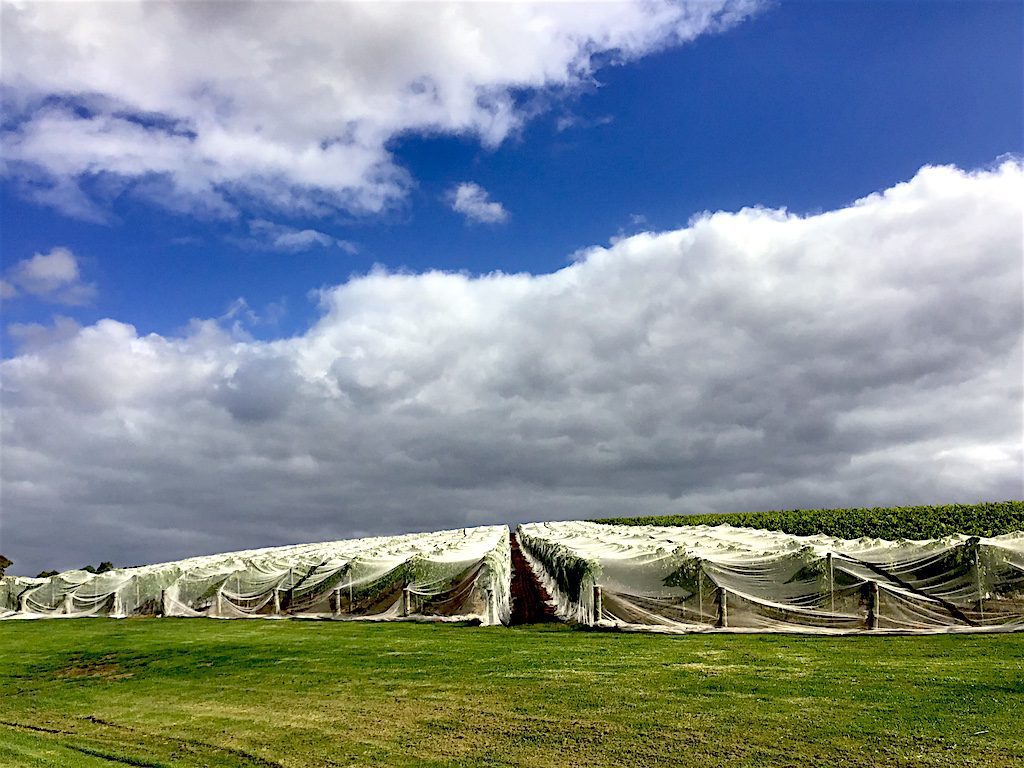Media release
Australian Grape & Wine says it is “deeply concerned” by calls to include wine bottles in South Australia’s Container Deposit Scheme (CDS).
“As an agricultural industry, the continuing success of the Australian wine industry relies on sustainable environmental practices. While recycling is strongly supported as a part of our environmental commitment, no compelling evidence has been presented to support the inclusion of wine bottles in South Australia’s CDS,” said Tony Battaglene, CEO of Australian Grape & Wine.
The South Australian Government is undertaking a review of its CDS, including whether or not any other containers should be included in the scheme. The primary purpose of the CDS is to reduce the amount of beverage containers found in the litter stream.
Since South Australia introduced the scheme in 1977, wine bottles have been exempt on the basis that they represent less than 0.04 percent of South Australia’s litter stream.
“This reflects the fact that almost all wine bottles are enjoyed in the home or at licensed premises,” Mr Battaglene said. “No other states or territories include wine bottles in their CDS arrangements even after the introduction of CDS legislation in NSW and Qld in 2018 and 2017 respectively.
“Good public policy is built upon a strong evidence base, and a proper weighing-up of costs and benefits. South Australia’s CDS has been a strong driver of litter reduction in public spaces without wine bottles being included, and with a focus on resource recovery, there is no evidence to suggest that CDS will be the appropriate vehicle.
“However, the costs to South Australian wine businesses and that economy are very clear and there are also potential flow-on implications for the wider Australian industry.”
Mr Battaglene said that while good intentions may be driving those calling for an expansion of container types to be included in South Australia’s CDS, it is important to highlight that if wine bottles were to be included producers would bear the costs.
Direct costs would include paying the cost of providing for a refund for deposited containers via a quarterly bill, container label registration, and handling fees. Associated costs would include administrative and compliance costs, quarterly reporting requirements and the redesign and re-printing of labels. In a very tight retail environment, it is a myth to suggest the producer can pass these costs on to consumers.
“We estimate the costs to South Australian wine businesses would be around $5 million per year, coming in the form of direct costs and the associated costs of the additional red-tape wine businesses would have to deal with every day. These costs would be felt by many small businesses that contribute so much to rural and regional economies in South Australia,” said Mr Battaglene.
“The wine industry is a significant contributor to the South Australian economy, and is the highest single export sector. A change to the CDS to include wine bottles has the potential to jeopardise the financial sustainability of the wine sector, which could have dramatic flow on impacts throughout the supply chain including an impact on regional employment.
“Australian Grape & Wine strongly supports the efforts of the South Australian Wine Industry Association (SAWIA) to inform South Australian wine businesses about the potential impact this review could have on their operations. We echo SAWIA’s call to make sure businesses engage in the consultation process and encourage people to speak to their local member of parliament.
“We wonder why the government is considering such a move as part of its review. Surely a government that does so much to promote South Australian wine businesses wouldn’t then want to impose unjustifiable costs on the sector?”
